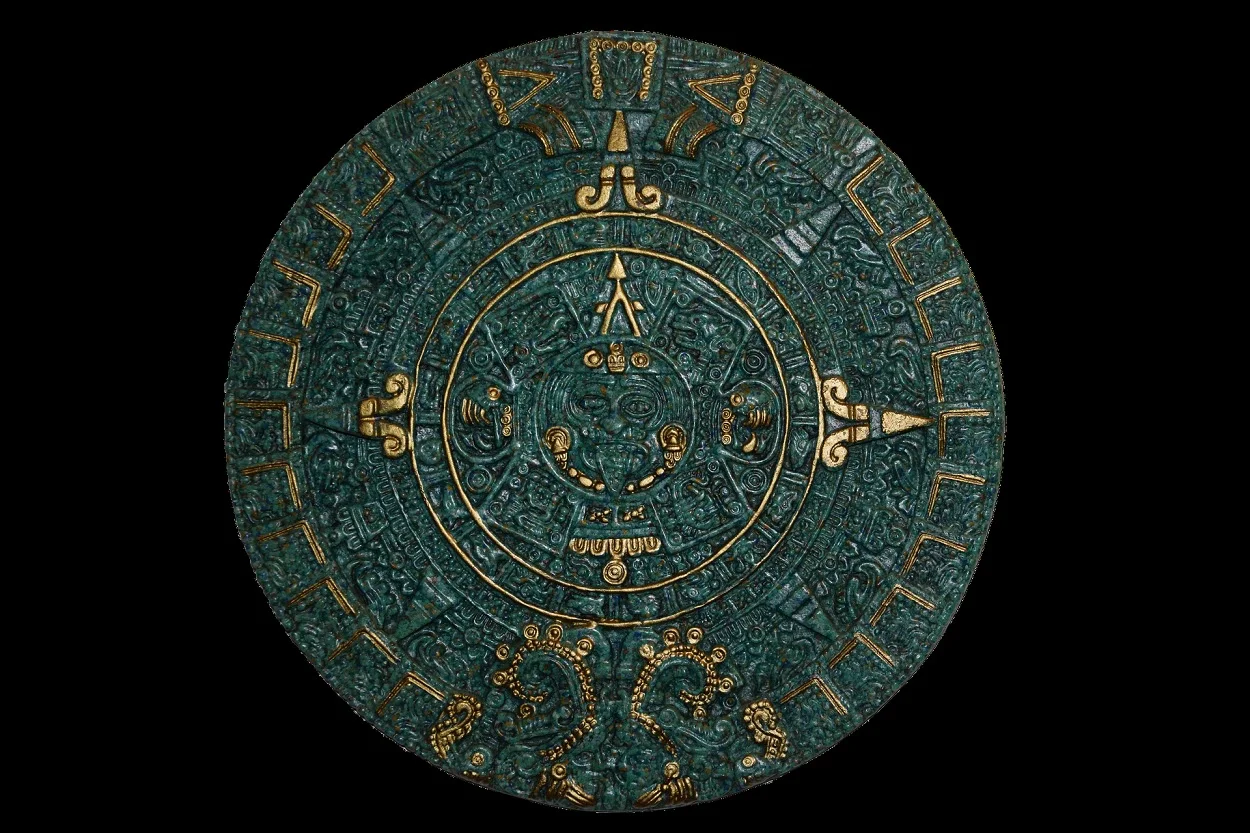A team of anthropologists from Tulane University have deciphered new secrets of the Maya calendar.
Maya monuments and glyphs record an 819-day count in the Maya calendar, with each group of 819 days being associated with one of four colours and the cardinal direction. Even today it is not completely explained, including its relationship with the synodic periods of the planets visible to the naked eye.
Despite previous attempts to establish planetary associations with the 819-day count, the count’s four-part colour cardinal directional system is inadequate in matching the synodic periods of the observable planets.
Researchers thought the calendar referred to four cycles of 819, but that time span didn’t sync neatly with the synodic periods of all the planets that can be seen with the naked eye: Mercury, Venus, Mars, Jupiter, and Saturn.
But, according to a study published in the journal Ancient Mesoamerica, the cycles in the Maya calendar cover a much larger timeframe than scholars previously thought.
“Although prior research has sought to show planetary connections for the 819-day count, its four-part, colour-directional scheme is too short to fit well with the synodic periods of the visible planets,” wrote anthropologists John Linden, a Tulane alumnus, and Victoria Bricker, PhD, professor emerita at Tulane University School of Liberal Arts.
“By increasing the calendar length to 20 periods of 819-days, a pattern emerges in which the synodic periods of all the visible planets commensurate with station points in the larger 819-day calendar.”
Within 20 cycles, each planet goes through some number of synodic periods a whole number of times: Mercury every cycle, Venus every 5 cycles, Saturn every 6 cycles, Jupiter every 19 cycles, and Mars every 20 cycles.
Each synodic period is less than 819 days, but only Mercury has one that happens a whole number of times within a single cycle. Combining the cycles allows for prediction of the placement of the planets, which Linden and Bricker say is also connected to important dates and celebrations.
“Rather than limit their focus to any one planet, the Maya astronomers who created the 819-day count envisioned it as a larger calendar system that could be used for predictions of all the visible planet’s synodic periods,” the authors wrote.
https://doi.org/10.1017/S0956536122000323
Header Image Credit : Pixabay





